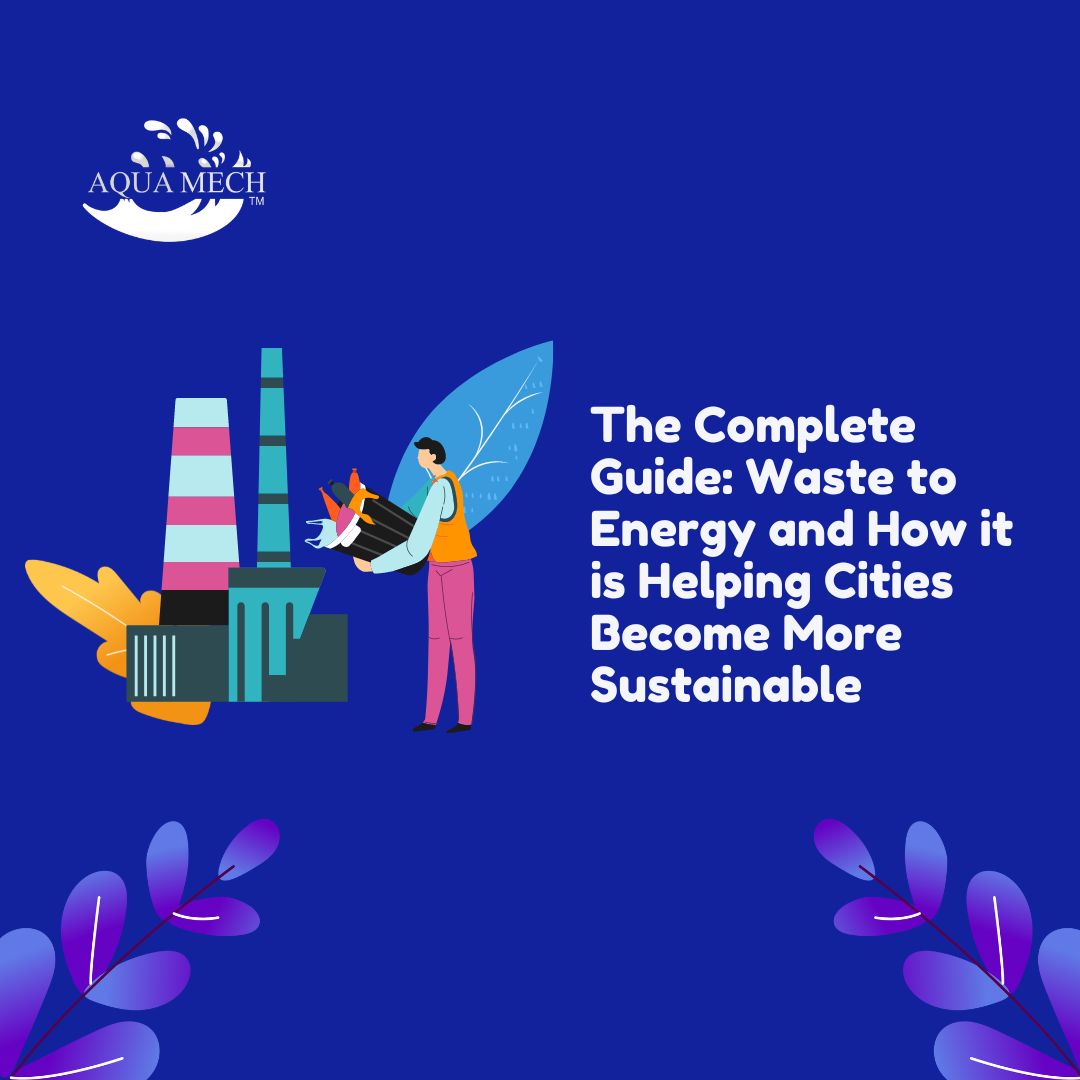Physical Address
304 North Cardinal St.
Dorchester Center, MA 02124
Physical Address
304 North Cardinal St.
Dorchester Center, MA 02124

As cities and towns continue to grow and industrialize, the amount of trash generated continues to increase. It’s no secret that this is one of the greatest threats to our environment. Fortunately, we have found ways to utilize waste and generate energy from unlikely sources with minimal impact on the world around us.
In this article, I discussed Waste-to-Energy (WTE) as a solution for all types of waste, including household and municipal solid waste, organic waste, and industrial waste, and it covers the following subtopics:
Waste to Energy is a process that converts waste to produce energy.
The Waste-to-Energy process is a thermochemical conversion of organic wastes, such as municipal solid waste or biodegradable agricultural wastes, into renewable energy and other useful products. The process generates electricity, heat, and/or steam for use in cogeneration or to power other electrical devices.
According to NASA scientists, landfills are major sources of methane, a greenhouse gas that is 84 times more dangerous than carbon dioxide. Waste-to-Energy incineration is an environmentally friendly alternative to landfills for waste disposal, and it has numerous other advantages. This is the primary driver of the expected growth of the global waste-to-energy market in the coming years.

There are different types of waste that are generated from our daily or industrial activities such as organic waste, e-waste, hazardous waste, inert waste, etc.
All organic wastes are essentially carbon-based compounds, even if they vary in nature and degrade at different rates. The organic fraction of waste is further subdivided into non-biodegradable organic waste and biodegradable organic waste.

The use of “municipal solid waste” (MSW) as a fuel source can be used to generate electricity. MSW power plants, also known as waste to energy (WTE) plants, are intended to dispose of MSW while also producing electricity as a byproduct of incinerator operation.
Mass Burn is the most widely used waste-to-energy technology, in which MSW has directly combusted in the same way that fossil fuels are in other direct combustion technologies. When MSW is burned, it converts water to steam, which drives a turbine connected to an electricity generator.
In a mass-burn waste-to-energy plant, electricity is generated in the following seven stages:

Waste to Energy (WTE) refers to a range of technologies that convert municipal solid waste (MSW) into electricity, heat, and fuel. The technologies used in this process include thermal treatment, gasification, pyrolysis, and anaerobic digestion. These processes may also be used to generate energy from other waste products such as industrial waste. Let us understand these processes:

1. Reduces Landfill Waste
Converting waste to energy helps to reduce the amount of waste that ends up in landfills. Reduced waste means fewer landfills and lower greenhouse gas emissions.
2. A Significant Amount of Energy is Produced
One tonne of waste can produce 550 to 700-kilowatt hours, which is enough to meet the electricity needs of one home for a month.
3. Aids in the Reprocessing of Excess Waste
Another advantage of waste-to-energy technology is that it reprocesses any excess metals or remains, such as aluminum and steel, reducing the amount of waste material even further.
4. Green and Sustainable Method
The technology’s process is green and eco-friendly in and of itself. It uses cutting-edge pollution control equipment to brush and filter carbon emissions, limiting their release into the environment.
The following is a summary of the sector-by-sector analysis of India’s energy potential, focusing on the urban and industrial sectors:

In India, the overall energy-generating potential from urban and industrial organic waste is estimated to be around 5690 MW. This is a lot of power! However, it is not being utilized.
And this needs to change. WTE plants drastically reduce the waste volume in the most environmentally friendly way possible, reducing the need for landfills.
Garbage is used very efficiently, and much-needed electricity is generated, bridging the electricity gap. It is the right time for all cities to pay attention to this source of power as a cost-effective way to address city waste.
The government has also set up a National Solid Waste Management Programme (NSWMP) with the aim that total waste generated in the country will be recycled or processed for renewable energy.
With over 22 years of experience in water and wastewater treatment systems, Aquamech has strived to be at the forefront of new technology adaptation.
Contact our design head Navdeep Singh Sethi to learn more about our Advanced Integrated Process for Energy Recovery through Integration of Waste Water and Organic Solid Waste.